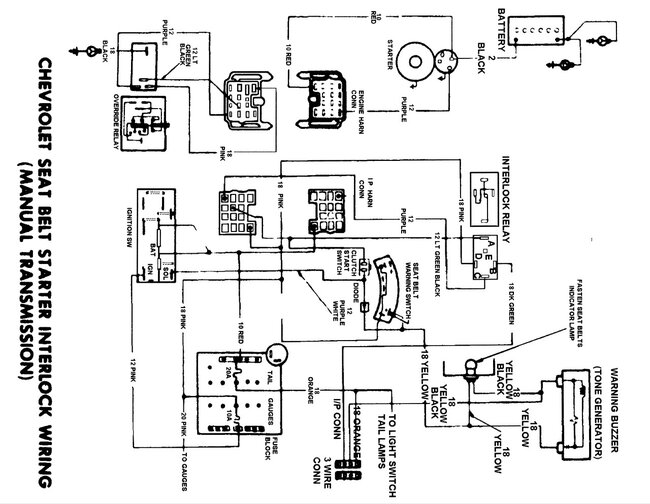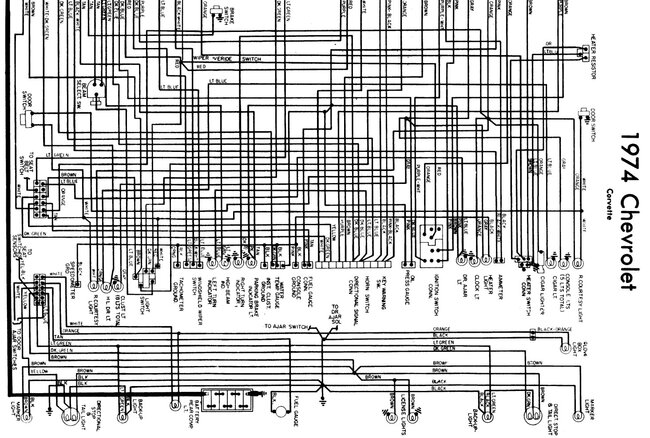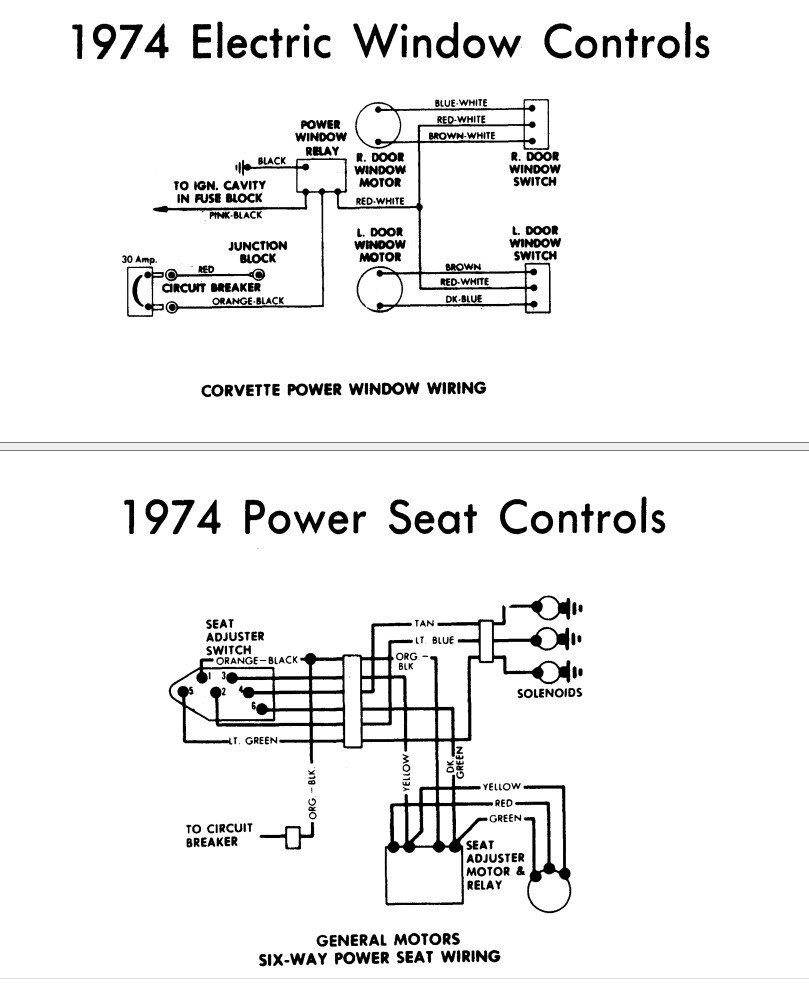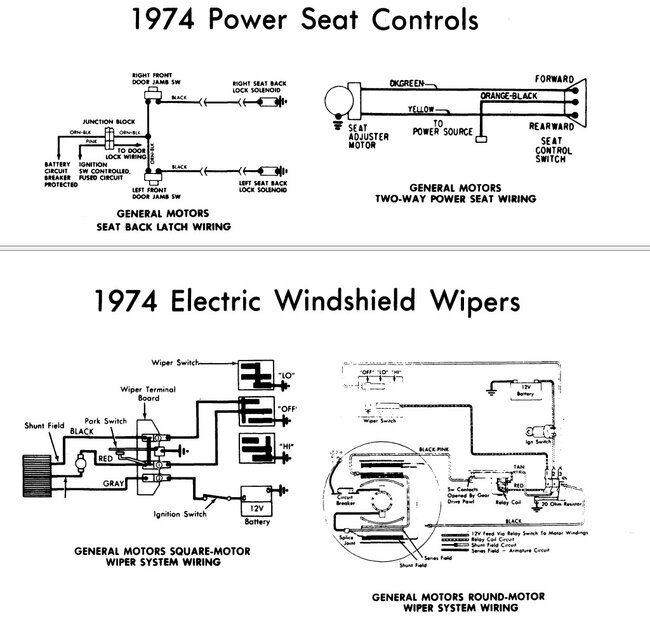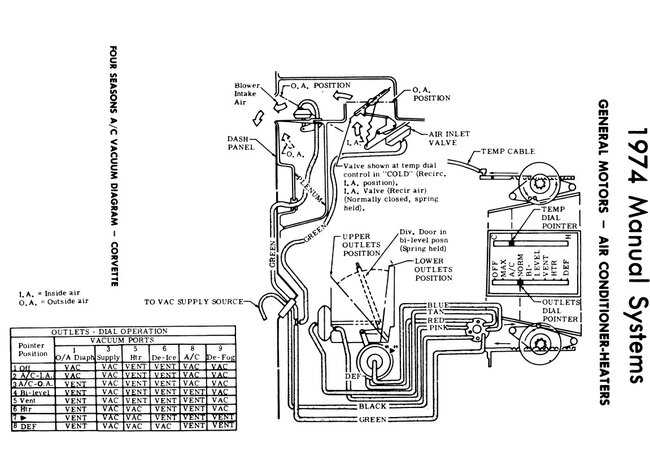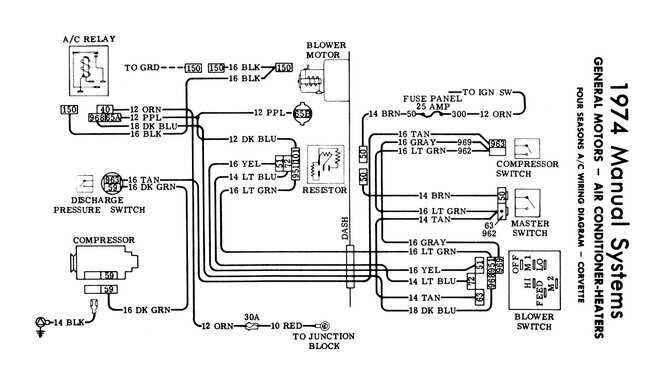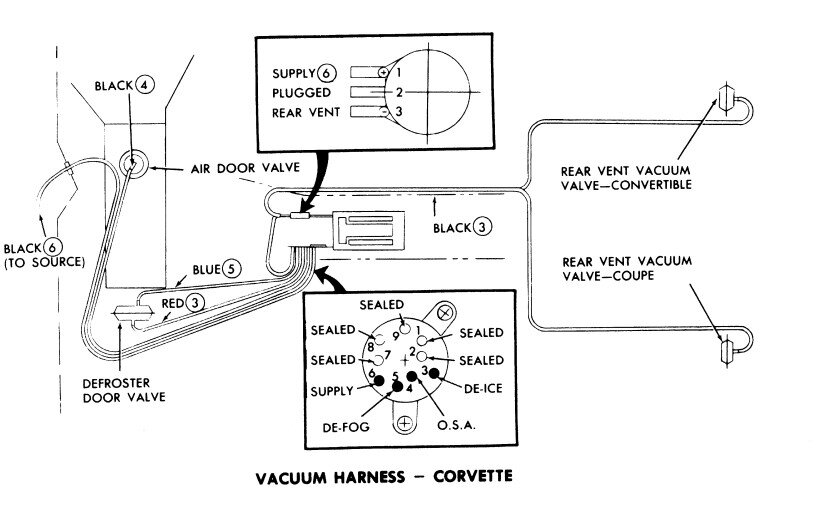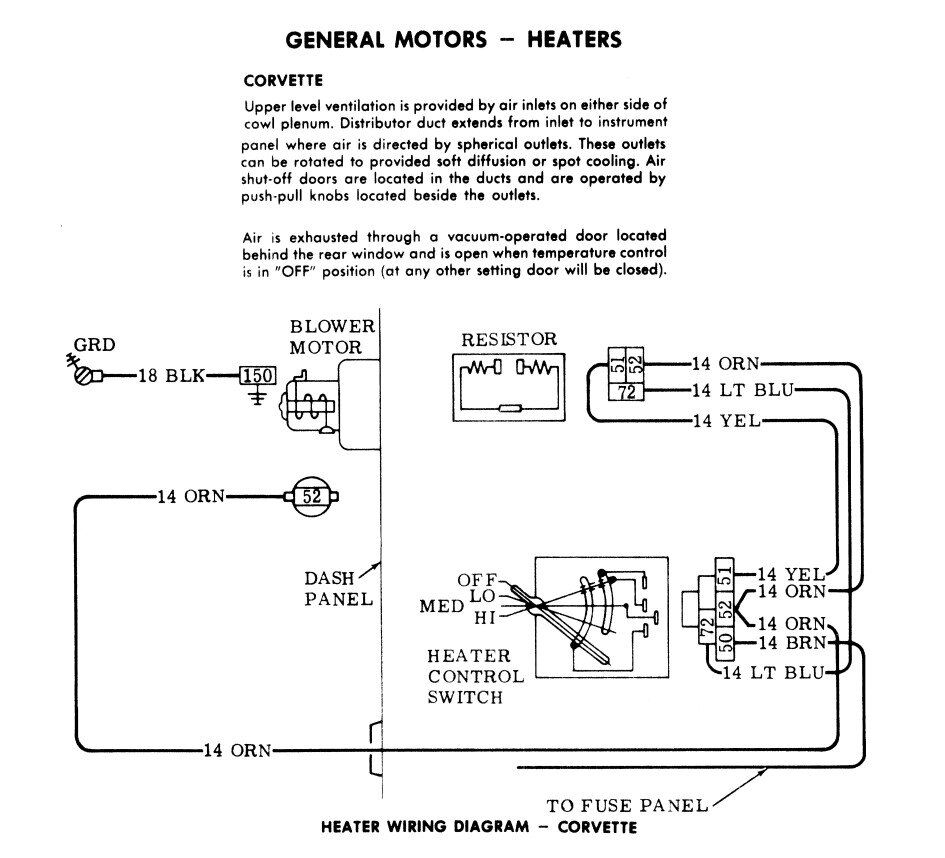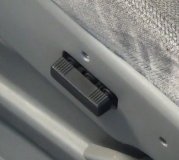The relay is part of the system but isn't that difficult to bypass. The catch is that it isn't the only item that has to be bypassed to get the key to turn the engine over. You have to bypass the override relay as well. Attached is the wiring for the system. Note that the override relay isn't hard to jumper if you simply connect the two terminals at the end, they go to the pink wire and the purple wire. The interlock relay isn't an issue either, you simply bridge it out, but without the park and neutral and the rest that will only get the starter to turn, it won't run because the power to the coil is on different circuits.
What I would do if you just wanted to test the engine is what Ken suggests. Simply bypass all the electronics and run the engine on its own. However, that will not allow you to see oil pressures, temperatures or if the alternator operates. What I would do is get one of the gauge sets that uses mechanical inputs, connect the oil pressure and temperature up and then grab a multimeter. Now one thing, the 74 used a separate coil and points from the factory If you still have those you will want to get a ballast resistor when you get the gauges. That will keep the points from burning up. The 74 used a resistance wire in the power feed to the coil, in start the coil got full 12 volts from the Run terminal on the starter, then when the engine started and the key drops to run the power goes through the resistance wire which drops the voltage down to 6-7 volts. (Personally, I convert points over using a Pertronix kit, makes it look stock but eliminates the need to adjust the points)
So to run it, you would connect the battery to the starter, then run a wire from the Start terminal on the starter through a switch or just leave it loose, Connect a wire through the battery positive through a switch or clip to the ballast resistor and the other side of the ballast resistor goes to the coil +Plus terminal. Also make a short jumper that you can clip across the ballast resistor. Connect the clip or flip the switch to the resistor on with the bypass jumper across it and then touch the wire to the S terminal to battery positive. Warning be sure the tires are blocked, and the transmission is in neutral or park. You are bypassing all of the safety systems doing this and it's really easy to forget those items. As soon as you touch the wire the starter solenoid should engage, and the engine will turn over. Because it has been set for a while it might take a bit to start up. When it does start, remove the bypass jumper across the ballast resistor, it was there to give the coil full voltage for starting. Removing it will drop the voltage to save the coil and points.
If it runs OK and has good oil pressure, I would run it long enough to break in the cam following their instructions (if you converted it to a roller this isn't quite as important)
Once you are through testing you can shut it off by cutting the power to the ballast resistor.
Images (Click to make bigger)
Wednesday, July 10th, 2024 AT 1:49 AM
